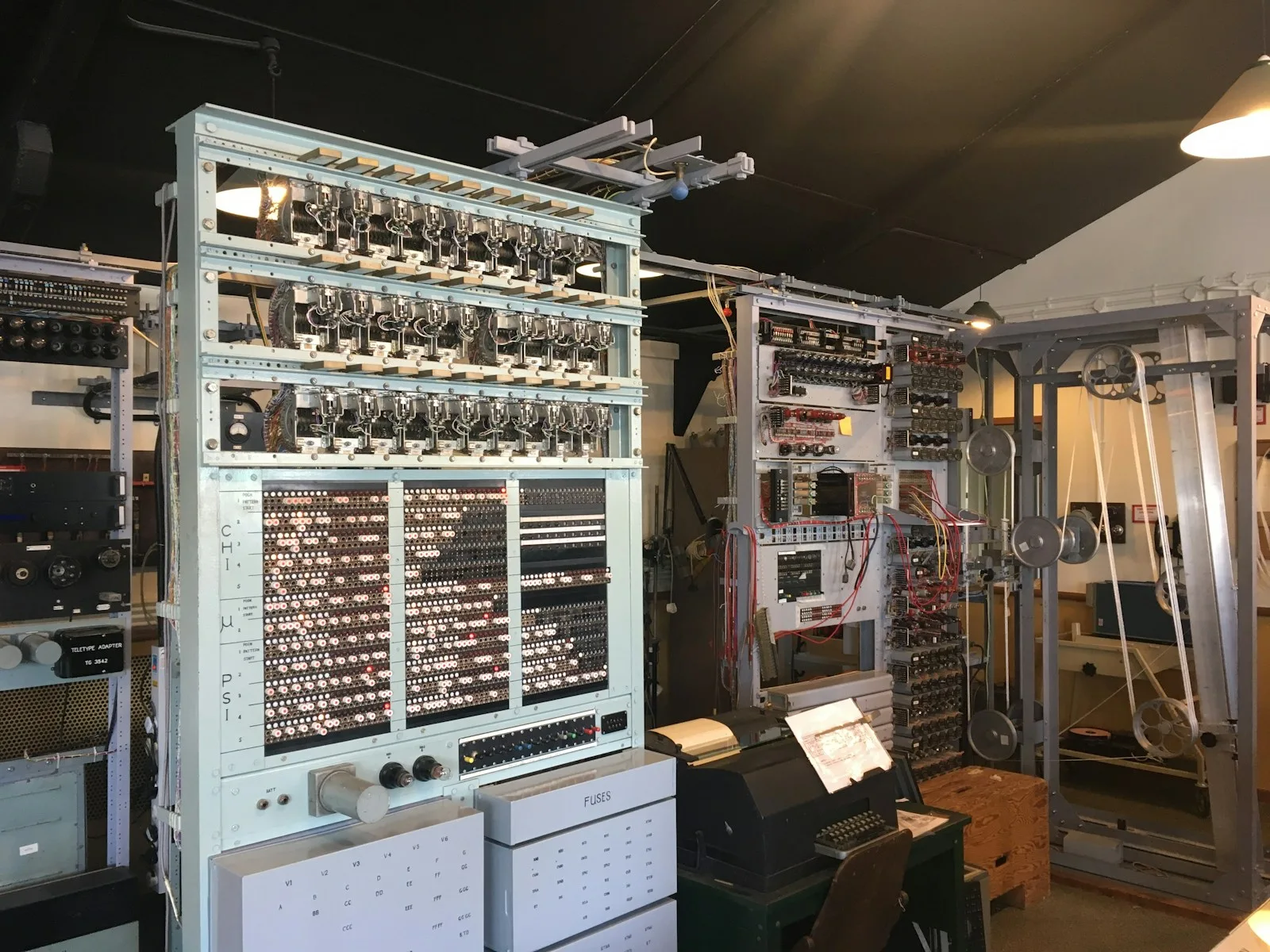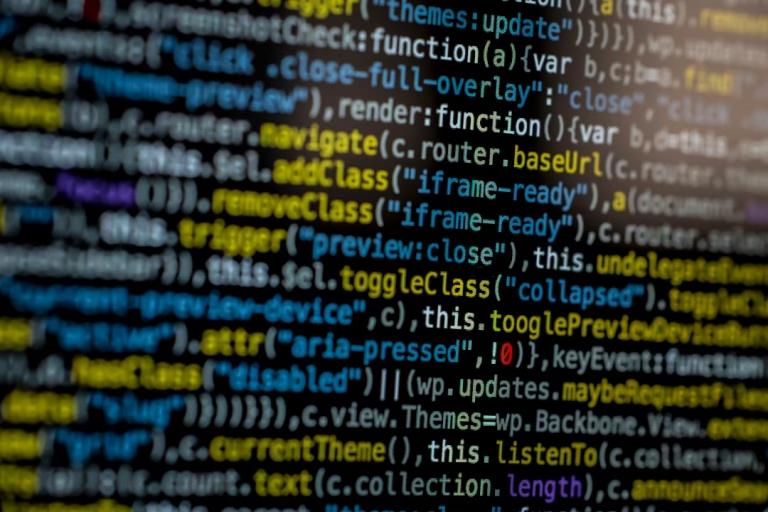Quantum Computing: Breaking Down the Basics

Quantum computing represents a profound leap forward in the potential to process information, promising to solve complex problems that are currently beyond the reach of classical computers. This guide demystifies quantum computing, explaining its fundamental principles, how it differs from traditional computing, and the impact it could have on various industries.
Understanding Quantum Computing
Quantum computing harnesses the phenomena of quantum mechanics to process information. Unlike classical computers, which use bits as the smallest unit of data (represented either 0 or 1), quantum computers use quantum bits, or qubits, which can represent and store information in both 0 and 1 simultaneously thanks to superposition. This capability, along with quantum entanglement and quantum interference, allows quantum computers to process vast amounts of data at unprecedented speeds.
Key Concepts of Quantum Computing
- Qubits
- Qubits are the fundamental units of quantum information. They can exist in multiple states simultaneously, which allows them to perform many calculations at once.
- Superposition
- Superposition refers to the ability of quantum systems to be in multiple states at once, allowing a quantum computer to process complex computations more rapidly.
- Entanglement
- Quantum entanglement is a phenomenon where quantum particles become interlinked and the state of one (whether it’s position, momentum, spin, etc.) directly influences the state of another, no matter the distance between them. This allows for faster and more secure communication.
- Quantum Interference
- Quantum interference is used to amplify the probabilities of correct answers and cancel out paths that lead to wrong answers in computing processes.
How Quantum Computing Differs from Classical Computing
- Processing Power: Quantum computers have the potential to outperform classical computers significantly in tasks that involve large-scale data processing or complex modeling, such as simulations in chemistry and physics.
- Data Handling: While a classical computer handles operations sequentially, a quantum computer can handle operations both sequentially and simultaneously.
- Problem Solving: Quantum computers are particularly suited for solving specific types of problems, such as factoring large numbers, optimizing large complex systems, and simulating molecular structures in pharmaceuticals.
Potential Applications of Quantum Computing
- Cryptography
- Quantum computing could revolutionize cryptography by making current encryption methods obsolete but also pave the way for new, more secure cryptographic systems based on quantum phenomena.
- Drug Discovery
- By simulating molecular structures, quantum computers could drastically reduce the time and cost associated with discovering new drugs.
- Financial Modeling
- Quantum algorithms offer new ways to model financial data and isolate key global risk factors, potentially saving billions in the process.
- Artificial Intelligence
- Quantum computing could power AI applications to new heights, enabling machines to process and analyze data at speeds unachievable by today’s standards.
Challenges and Future Outlook
Despite its potential, quantum computing faces significant challenges, including error rates and qubit coherence times, which must be overcome to realize practical, scalable quantum computers. Current advancements suggest that we may see quantum computers solving real-world problems within the next decade, but there is still a long way to go.
Conclusion
Quantum computing is an exciting field at the cutting edge of technology, offering the potential to transform industries through its unique capabilities. As research continues, the possibilities for its application continue to grow.






